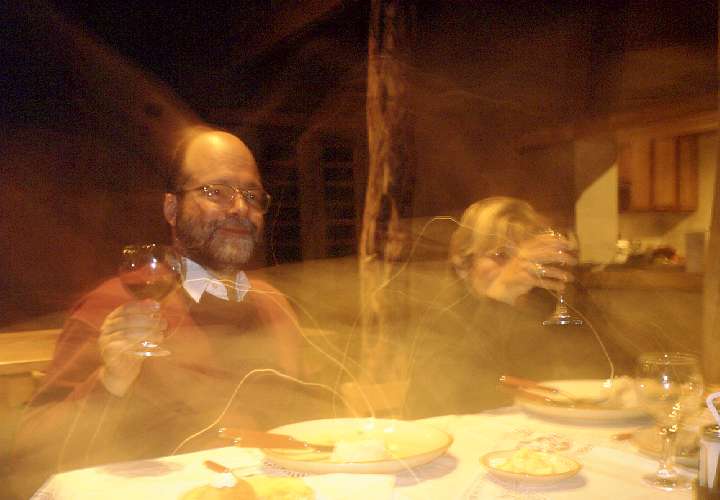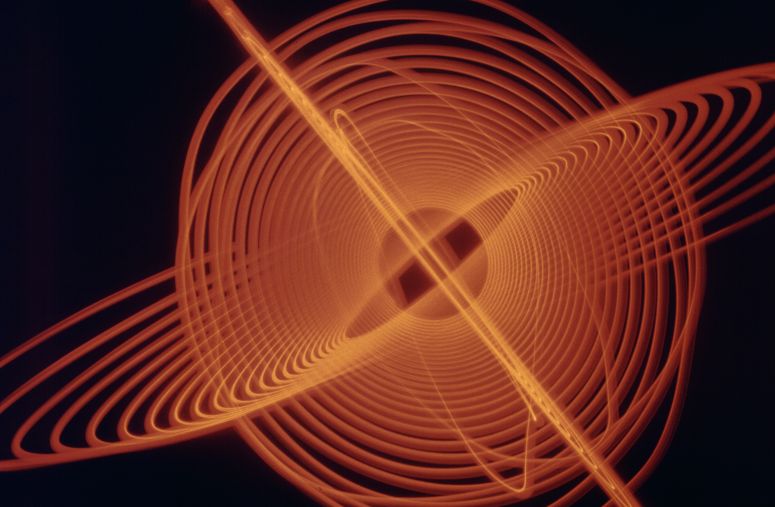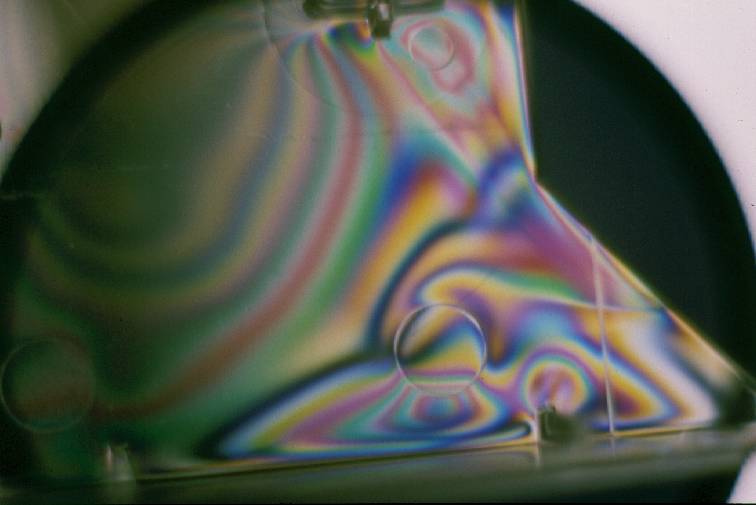I had heard so often that slide films
of higher sensitivity than ISO 100 are bad. But I'm the kind of guy who
has to try things! So I bought a roll of ScotchChrome ISO 1000 slide film.
This is the shocking result! Nice, huh? Honest, this scan looks
very closely like the original!
This film is useless even for special
effects! Hey, some grain can look good, but too much is too much! And the
contrast and color saturation is so ridiculous that I wonder why
they make such film at all!
Next gallery
Back to the gallery index










